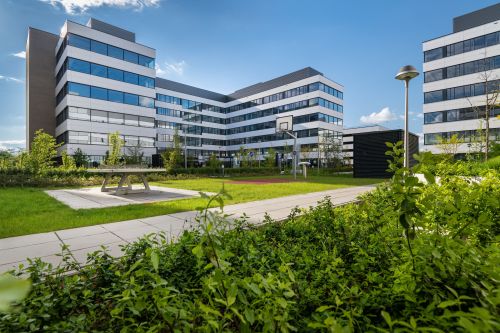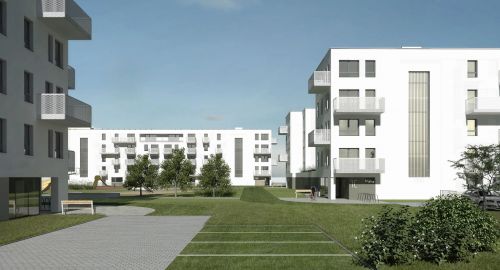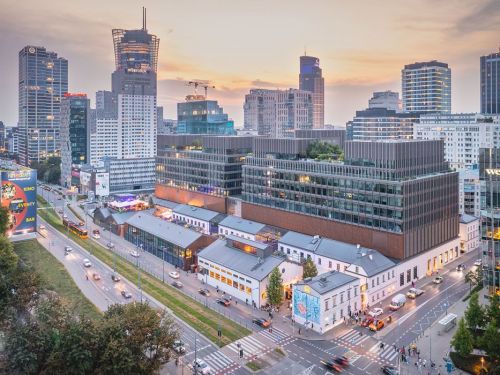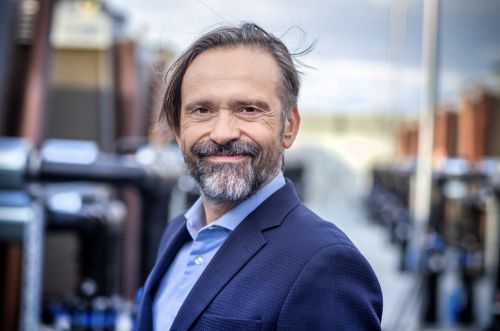It’s difficult to count the number of renovation projects that have made a significant impact on Poznań’s urban landscape, some of which have become iconic symbols of the city. One such bold redevelopment was the vast Stary Browar shopping and cultural centre, which involved the restoration and repurposing of the former Hugger brewery. Although this is mainly located in the city’s old town, the brewery’s buildings can also be found in other parts of Poznań, while some, which neighbour Hala Betonowa in the city’s downtown Łazarz district, will form part of a new project being developed by Garvest according to a design by the CDF Architekci studio.
Old and new
Park Wilsona dates back to the 1820s, when a local urban beautification association established a tree nursery to supply plantings for nearby streets and squares. Now the park is a listed monument featuring the largest palm house in the country and is also a popular meeting and recreation point































































